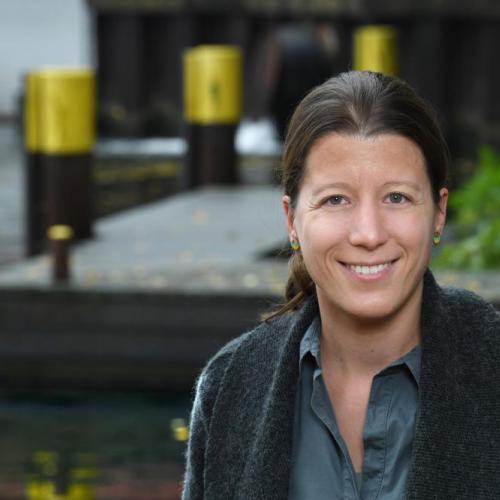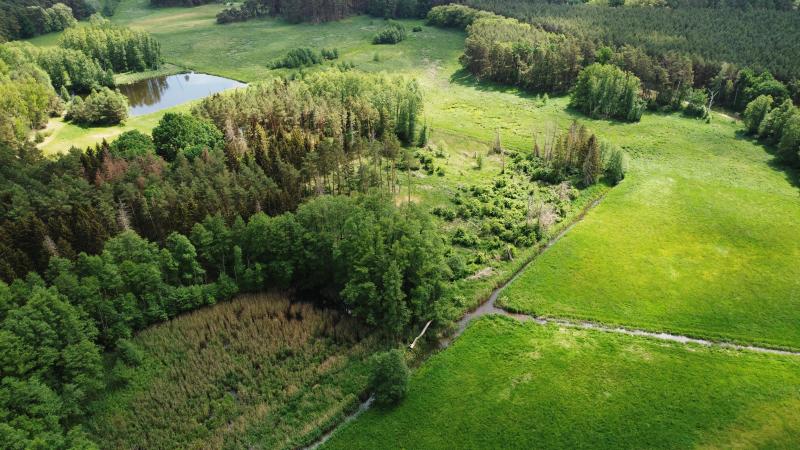
The "BioFresh Atlas" provides an open-access and interactive gateway to key geographical information and spatial data on freshwater biodiversity across different scales. | © IGB
Freshwaters are incredibly diverse habitats: they cover less than 1% of the Earth’s surface yet are home to 35% of all vertebrate species! Sadly, freshwater life is declining at an alarming rate faster than any other component of global biodiversity.
A challenge for policy is how to integrate protection of freshwater life and the ecosystem services it provides with real and pressing demands on freshwater resources from the energy, food and sanitation sectors
This new Atlas is a response from freshwater scientists to this policy challenge. It provides policy-makers, water managers and scientists with an online, open-access and interactive gateway to key geographical information and spatial data on freshwater biodiversity across different scales. The Atlas is a resource for better, evidenced-based decision making in the area of water policy, science and management.
The online Atlas adopts a book-like structure allowing easy browsing through its four thematic chapters, on I) Patterns of freshwater biodiversity, 2) Freshwater resources and ecosystems, 3) Pressures on freshwater systems and 4) Conservation and management. All of the maps are accompanied by a short article with further contextual background information. The interactive map interface allows easy switching between maps, navigation and zooming and the display of information attached to each map feature. Also, unlike a conventional printed atlas this on-line Atlas can be constantly expanded and up-dated as new maps and data become available.
The Atlas is an output of BioFresh – an EU-funded project that is putting together the scattered pieces of information about life in our rivers and lakes, to better understand, manage and protect our freshwaters for generations to come. It is edited by a pan-European group of freshwater science and conservation experts from 12 research institutes and supported by key international organisations active in the field of freshwater biodiversity research and conservation, namely GEO Biodiversity Observation Network (GEO BON), the International Union for Conservation of Nature (IUCN), the Global Water System Project (GWSP), Conservation International (CI), Wetlands International, The Nature Conservancy (TNC) and the World Wildlife Fund (WWF).
Vanessa Bremerich of Leibniz Institute of Freshwater Ecology and Inland Fisheries in Berlin, and the Atlas developer believes that
“The Atlas is going to be an important visualisation tool, facilitating the discovery and increasing the accessibility of important scientific research results in the field of freshwater biodiversity”
Dr Astrid Schmidt-Kloiber at the University of Natural Resources & Life Sciences, Austria, one of the lead Editors of the Atlas, underlines the community aspect of the project:
“it is a great way for scientists to increase the visibility and impact of their science. We invite scientists to contribute their research results to the Atlas.”
Dr Aaike de Wever of the Institute of Natural Sciences, Brussels stresses the open access principles of the Atlas.
“Not only do we offer maps and articles on the Atlas under a creative commons license, also the whole infrastructure was developed using open source technologies. This means that almost anything in the Atlas can be reproduced and shared with appropriate acknowledgement.”
Dr Will Darwall, Head of the IUCN Freshwater Biodiversity Unit in Cambridge believes that the maps in the Atlas have great significance for freshwater conservation.
“The Atlas will be of immense value to NGOs, policy-makers and conservation planners working to identify key areas of freshwater biodiversity, create freshwater protected area networks, minimise the harm caused by large-scale land use projects such as dams or to meet conservation targets such as the Aichi Biodiversity Targets.
Lastly Dr Paul Jepson of the School of Geography and the Environment, University of Oxford reflects that “Over the centuries atlases have proved a powerful format for visualising spatial information as a tool for learning and decision-making. It is easy to take them for granted and over-look the value and significance of Atlases. I for one am proud to be associated with a project that is engaging with technology to refresh the atlas format for the 21st century.”
Atlas pages to explore
Enter the atlas via the BioFresh platform.
Explore the contents.
How to contribute.
Links
Global Freshwater Biodiversity Atlas





